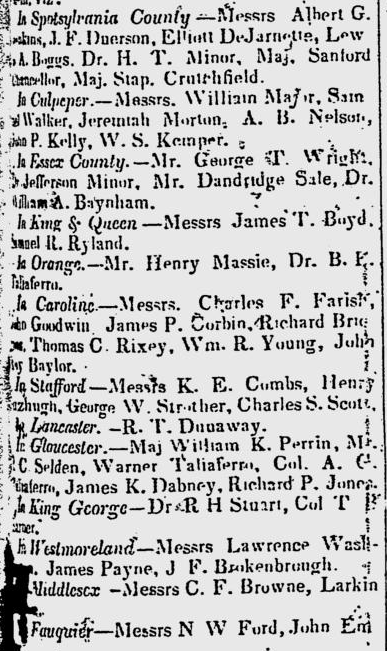 |
| Middleton Chambers |
Born into the most inauspicious of circumstances, his life thereafter was one of great promise. His talent led him to the sunny uplands of the realization of his artistic ambitions. He came so close.
This is the story of my cousin, Middleton Chambers. [Please note that all images in my blog may be clicked on for enlarged viewing]
Middleton was born 30 April 1888 in Lynchburg, Virginia. His mother was Mary Josephine "Jo" Williams, the oldest surviving daughter of James Tompkins Williams and Martha Row Williams. His father was William Archer Chambers, a well known Lynchburg tobacconist and merchandise broker. William was also an 1881 graduate of the Virginia Military Institute and a member of the Phi Delta Theta fraternity.
But Middleton's birth was a complicated one, and things did not go well for Jo Chambers, who died on 30 May 1888. Her father wrote of this tragic turn of events just two weeks later, on 16 June, in a letter to his one time sister in law (James T. Williams's first wife Martha had died in 1885), Nan Row of Spotsylvania:
In regard to the death of Jo...it was a great shock to us. Altho she had been in a dangerous condition we were hopeful of her recovery until the day on which she died. Her child was very large and its birth was the cause of her death. She had the best of Doctors and Mary (my wife) nursed her just like her own mother would have done if she had been alive...Next to the death of your sister her death was the hardest blow I ever had and at first I felt like I could not stand it. She had been so much to me and was one of the sweetest best women that ever lived...
Three years after Jo's death William Archer Chambers married Rosa Hughes and in 1893 they had their own son, William Jr.
The following year, in July 1894, James T. Williams and his wife, the former Mary Hanvey Martin, petitioned the court in order to adopt six year old Middleton. W.A. Chambers readily agreed to the adoption. What the circumstances may have been that would have led to this change of custody, I do not know. But it was certainly a lucky break for Middleton; his grandfather was one of the richest and most influential men in Lynchburg. Every opportunity that wealth could provide was now available for Middleton. It would prove to be money well spent.
By the time James T. Williams died in 1900, Middleton Chambers was living in Burlington, New Jersey in the home of his teacher, William F. Overman, principal of Moorestown Academy. After returning to Virginia, Middleton enrolled in the Virginia Military Institute, from which he graduated in 1908. His portrait at the top of today's post, and this humorous profile typical of the cadets are from the 1908 edition of VMI's The Bomb:
While a student in Lexington, Middleton was already showing what he could do as an artist, and in the years that followed he successfully hitched his ability to his ambition. This entry from the St. Louis Art Catalog of 1915 reveals the extensive education he received in the years leading up to World War I:
From 1911 to 1914 Middleton lived, studied and painted in Europe. At one point he met artist Waldo David Frank and they bicycled from Paris to the Bavarian Alps. In his book, Memoirs of Waldo Frank, University of Massachusetts Press (1973), the author described Middleton as having "a dry wit and a high sense of the ridiculous...whose sole passion was painting." In one amusing episode, Waldo and Middleton stayed in a village in Bavaria, where they taught the locals how to dance the Charleston. For this good deed they were arrested by the constable for teaching "lewd and obscene dances." Their confinement was very brief, due in no small part to their popularity among the villagers.
When war broke out in August 1914, Middleton made his way to Le Havre by November and returned to the United States. Due to the unexpectedly rapid escalation of the conflict, Middleton was obliged to leave all his artwork in Europe.
For the next few years Middleton lived in New York and continued to work as a painter. When America entered the war in 1917, Middleton enlisted in the army and trained as a pilot, although for reasons not stated he never flew in combat (Ancestry):
At the end of the war, Middleton laid plans to return to Europe. On 24 February 1919 he applied for a new passport. His stated intention was to resume his studies and retrieve his paintings. This brooding portrait is from his passport application (Ancestry):
He never made the voyage back to Europe.
By now the influenza epidemic was sweeping through New York. And Middleton was swept up with it. On 8 March 1919, just two weeks after applying for his passport, Middleton Chambers died of pneumonia.
His body was brought home to Lynchburg, and Middleton was buried in Presbyterian Cemetery near his mother.



















